“The most effective learning in the new world of work occurs when engaged individuals work out loud and share their knowledge. Training and education will remain as inputs, but minor ones. Learning through experience will be essential, a key part of the 70 and 20 in the 70:20:10 model.” Harold Jarch
I have always told the participants in train-the-trainer classes that training is about the learner, not the instructor. But what I have neglected to say is that training is ultimately about performance, not just skill acquisition.
In their book: 702010 Towards 100% Performance, Jos Arets, Charles Jennings and Vivian Heijnen point out that there are significant differences between learning and performance paradigms
|
Learning Paradigm |
70:20:10 Paradigm |
| Focus on learning solutions. | Focus on creating effective connections between working and learning by working together and formal solutions. |
| Learning is the result of a skills deficit. | Learning tackles performance problems within the organization. |
| Analyzes the learning need. | Analyzes organizational and performance needs. |
| Develops and delivers formal learning solutions. | Develops and delivers solutions to improve organizational performance and learn from this. |
| Focus is on learning goals. | Focus is on performance goals. |
| Focus is on content. | Focus is on context and content. |
| Focus is on theoretical knowledge (what). | *Focus is on practical knowledge (how). |
| Focus is on the classroom, workshop or learning management system. | Focus is on the entire organization. |
| Focus is on the participant or “learner” in formal learning situations. | Focus is on work, employees and the organization. |
| Learning is an event in itself. | Learning is a constant process and part of overall performance. |
| Learning is separated from work. | Learning and working are integrated. |
*Note: I disagree with the idea that classroom training does not focus on practical knowledge.
So, what makes 70:20:10 a performance paradigm?
In the late 1990’s, the Center for Creative Leadership conducted a survey of approximately 200 executives in which they self-reported on how they believed that they learned.
Center staffers Michael M. Lombardo and Robert W. Eichinger summarized the survey results in The Career Architect Development Planner:
“Development generally begins with a realization of current or future need and the motivation to do something about it. This might come from feedback, a mistake, watching other people’s reactions, failing or not being up to a task – in other words, from experience.
The odds are that development will be about 70% from on-the-job experiences – working on tasks and problems; about 20% from feedback and working around good and bad examples of the need; and 10% from courses and reading.”
It is important to note that neither Arets, Jennings, Heijnen, Lombardo nor Eichinger consider the 70:20:10 ratio to be absolute. The ratio will depend on the work environment and the desired organizational results. They use the 70:20:10 model as a practical metaphor to emphasize that people learn the most when working and interacting with others in the workplace.
What does the 70:20:10 model look like in practice? Here is an example that illustrates how customer service issues would be addressed by both paradigms:
| Learning Paradigm |
70:20:10 Paradigm |
| 1. Investigate learning needs to provide customer service training customized for the target groups involved. | 1. Analyze performance to determine critical business issues, a quantifiable performance gap and its influences. |
| 2. Design formal learning solutions. | 2. Design performance solutions derived from the 100 together with the core business, to develop mutually reinforcing solutions and support workplace learning in a smart manner. |
| 3. Develop learning solutions. | 3. Develop performance solutions in the 70, then the 20, then the 10, in that order. |
| 4. Implement these solutions. | 4. Implement 70:20:10 solutions together with the core business. |
Given the fact that training programs constitute only 10%, it might be useful in the future to recognize that they are job aids to improve employee performance and better meet organizational goals.
Some trainers call themselves Workplace Learning and Performance Specialists. If they adopt the 70:20:10 performance paradigm, this will definitely be an accurate designation.
What do you think about this?
May your learning be sweet.
Deborah





